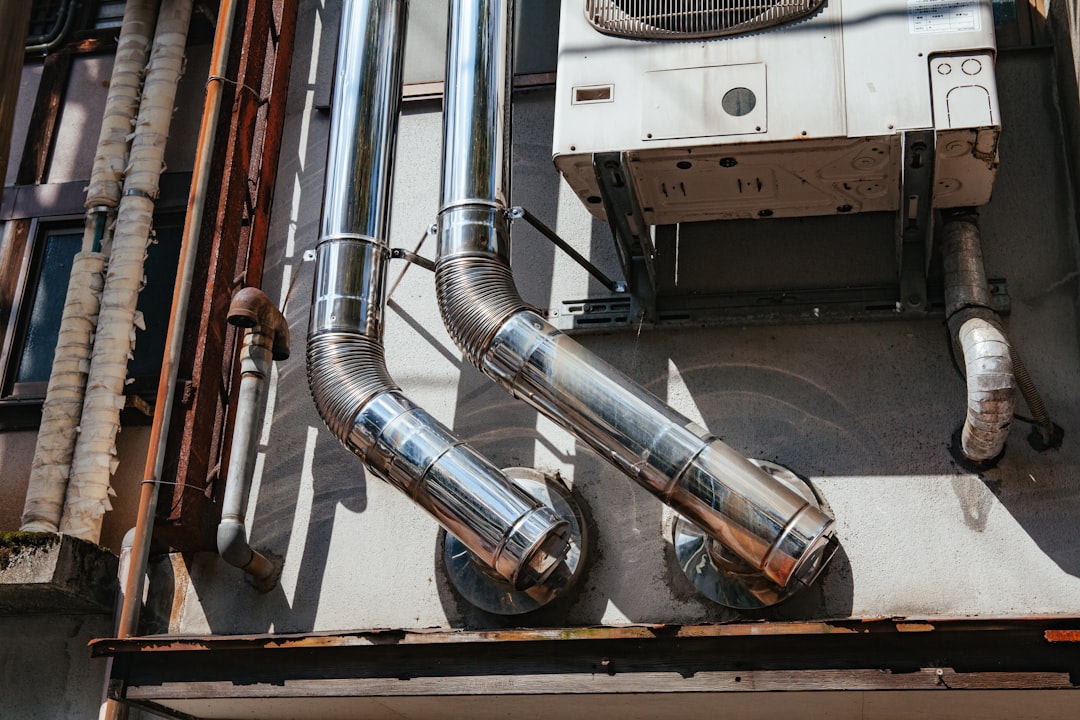
Your Ultimate Heat Pump Installation Provider Roundup
Why Consider Heat Pumps for Your Home?
Considering getting heat pumps installed? It's a popular choice for efficient, year-round comfort, providing both heating in winter and cooling in summer.
Here's a quick overview of what to expect:
- Average Installation Cost: Expect to pay between $6,000 to $25,000 or more, depending on the system type and your home's needs.
- Typical Installation Time: Most installations take 1 to 5 days. A typical single unit installation often takes about eight hours.
- System Lifespan: An air-source heat pump generally lasts 10 to 15 years. Geothermal systems can last much longer, with inside components up to 24 years and ground loops lasting 50+ years.
- Key Function: Heat pumps provide both heating and cooling from a single system by moving heat rather than generating it.
As an energy-efficient alternative to traditional furnaces and air conditioners, heat pumps use electricity to move heat, making them a smart choice for many homeowners.
Alex Wiltz, founder of Air Pros Utah Heating & Cooling, specializes in getting heat pumps installed for optimal home comfort. His hands-on experience ensures every project meets high standards of technical expertise and customer satisfaction.
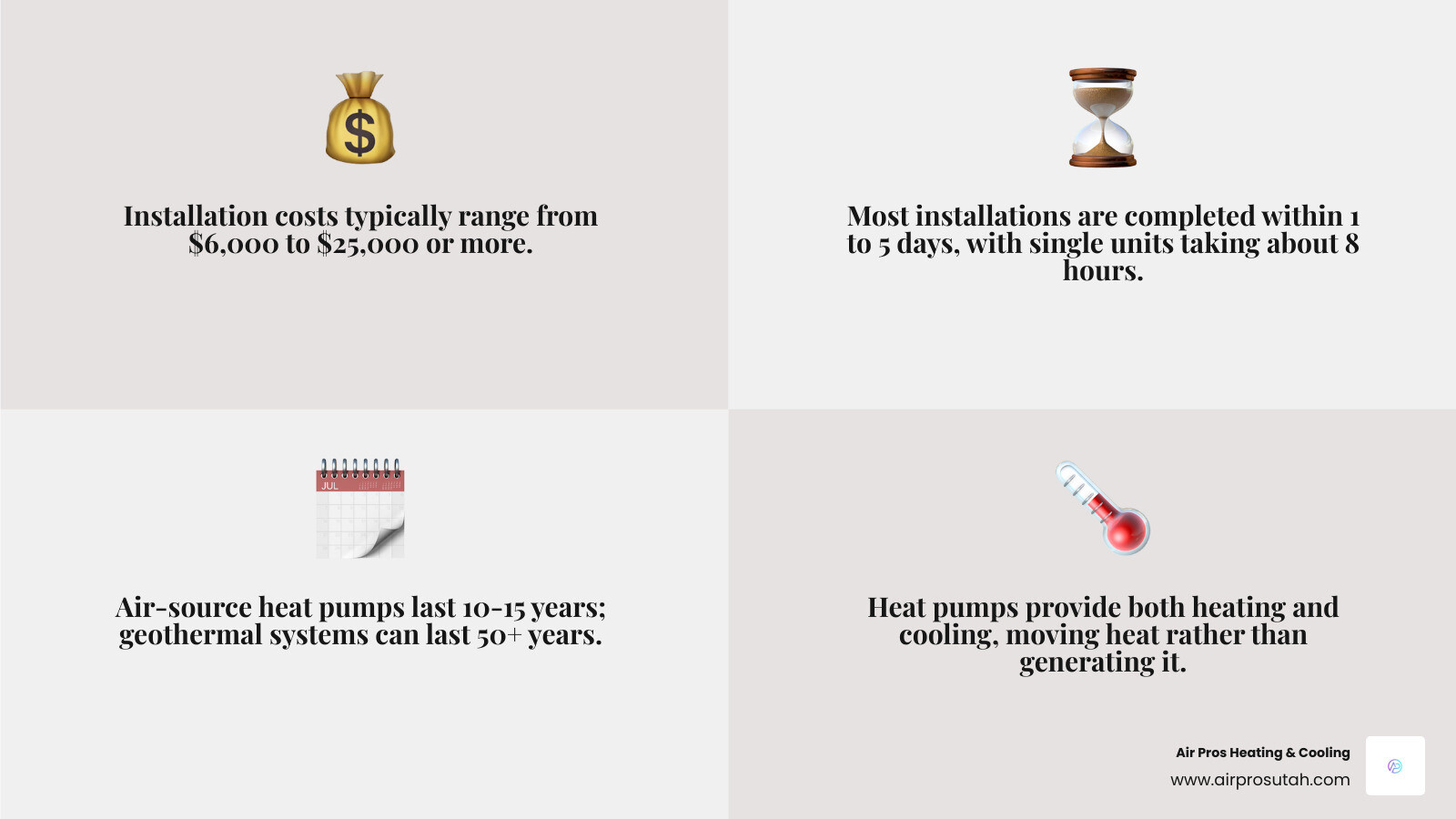
Similar topics to heat pumps installed:
Why Install a Heat Pump? Key Benefits for Your Home
When we chat about getting heat pumps installed, we're talking about a fantastic upgrade for your home. These systems are quickly becoming the go-to choice because they offer a host of benefits that traditional heating and cooling systems can't match.
First, high-efficiency heat pumps offer significant energy savings, cutting electricity use for heating by up to 75% compared to electric resistance heating. Homeowners can save $300 to over $1,000 annually, as heat pumps use 40-60% less electricity than older heaters.
Next, improved home comfort is a huge win. Heat pumps provide consistent, uniform temperatures, eliminating hot and cold spots. They also excel at dehumidification, creating a more pleasant indoor environment than many standard central air conditioners.
There are also fantastic environmental benefits. Heat pumps lower your carbon footprint because they don't burn fossil fuels. Instead, they move heat, eliminating combustion-related fumes or leaks for a cleaner, healthier home.
A key practical advantage is the all-in-one system. A single heat pump provides both heating and cooling, saving space and simplifying maintenance compared to separate furnaces and air conditioners. It delivers year-round comfort with ease.
For more details on just how efficient these systems can be, you can explore information on high-efficiency heat pumps and their impressive ratings.
Understanding the Technology: Types of Heat Pumps and How They Work
Heat pumps work by heat transfer vs. heat generation. Instead of burning fuel, they simply move existing heat. Thanks to a reversible cycle, a heat pump pulls warmth from the outdoor air into your home in winter. In summer, it reverses, moving heat from inside your home to the outdoors to provide cooling.
Take a peek at this image to see the main parts of a split-system heat pump, with its indoor and outdoor units working together:
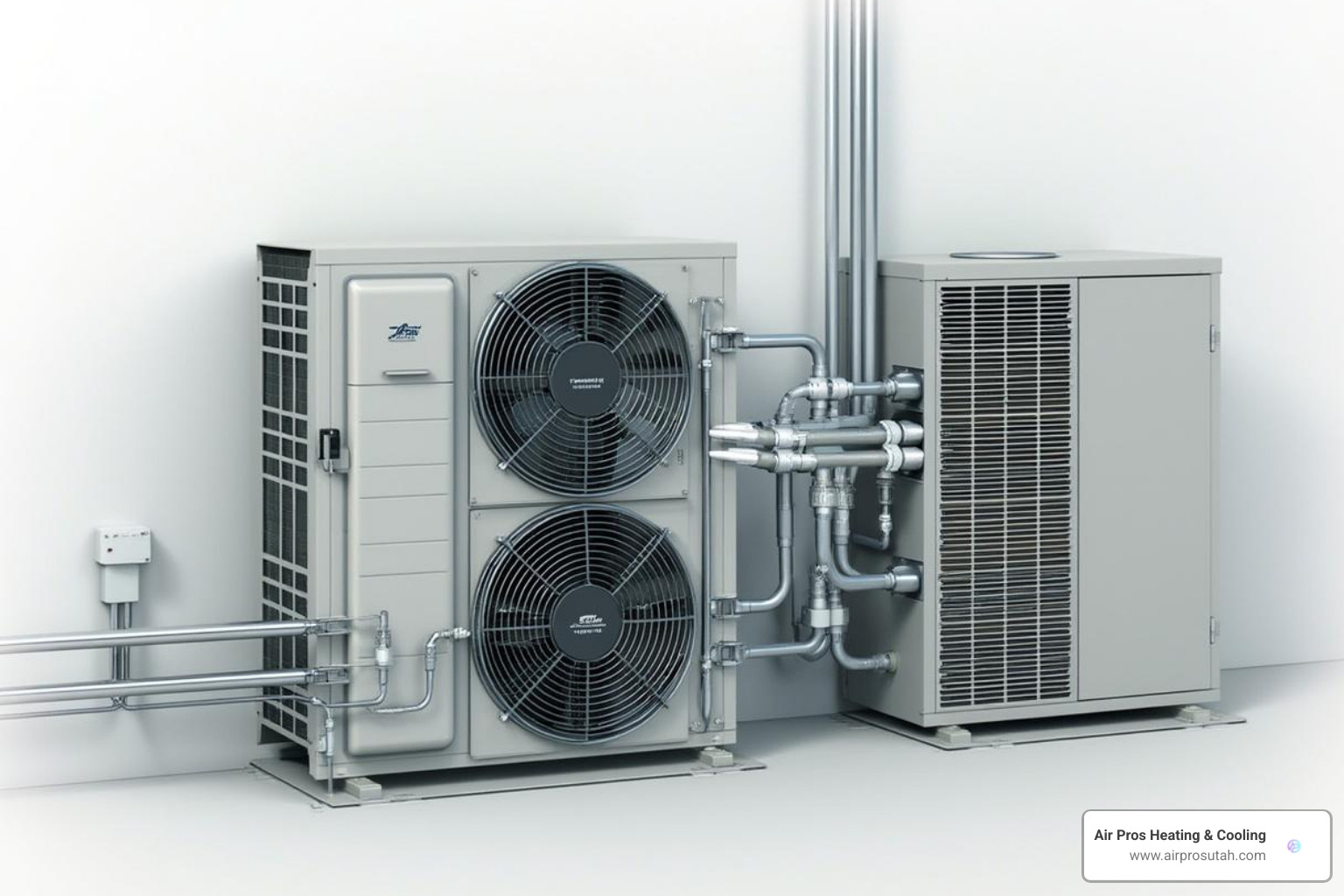
Ready to dive into the different types of heat pumps? Each one is designed for specific homes and needs:
Air-Source Heat Pumps (ASHPs) are the most common type chosen when getting heat pumps installed. They move heat between your home and the outside air. Modern ASHPs are highly effective even in cold climates with freezing temperatures.
Geothermal Heat Pumps (GSHPs), or ground-source heat pumps, use the stable temperature of the earth to exchange heat via buried pipes. They are extremely efficient and durable, with ground loops lasting over 50 years. Though the initial cost is higher, the investment is often recouped in energy savings within 5-10 years.
Ductless Mini-Split Systems, an Air Pros specialty, are ideal for homes without ductwork or for creating zoned heating and cooling. These systems offer excellent flexibility and energy efficiency by allowing room-by-room temperature control. They are a great option for homeowners in the SLC Valley seeking personalized comfort. Learn more about our Ductless Mini-Split Systems.
Less common types include Water-Source, Air-to-Water (AWHPs) for hydronic systems, and Absorption Heat Pumps that use a heat source like natural gas instead of electricity.
Here’s a quick comparison of the most common types of heat pumps:
| Heat Pump Type | Cost (Installation) | Efficiency (Typical) | Installation Complexity |
|---|---|---|---|
| Air-Source (Ducted) | Medium ($6,000-$15,000) | Good (SEER 14-20+) | Moderate |
| Geothermal | High ($12,000-$30,000+) | Excellent (Highest) | High (Ground loop) |
| Ductless Mini-Split | Medium ($1,500-$5,000 per zone) | Very Good (SEER 16-30+) | Low (No ductwork needed) |
Decoding Heat Pump Installation Costs & Savings
The cost to get heat pumps installed varies, typically ranging from $6,000 to $25,000 or more. This long-term investment in comfort and savings often averages around $16,000 after incentives.
Several key factors influence the final price tag:
- Home Size and Capacity: Larger homes require more powerful (and thus more expensive) systems. A 2,000 sq. ft. home might need a 3-5 ton unit, costing $8,000-$16,000.
- Unit Efficiency (SEER/HSPF): Higher efficiency models have a greater upfront cost but provide larger long-term energy savings. Premium models can exceed $20,000.
- System Type: Air-source heat pumps ($8,000-$15,000) are typically less expensive than geothermal systems ($12,000-$25,000+). Ductless mini-splits cost $1,500-$5,000 per zone.
- Ductwork Condition: Existing ductwork may need repairs or modifications to support the new system, adding to the cost. Heat pumps often require larger ducts than furnaces for optimal performance.
- Labor Rates: Costs vary by location and installation complexity. Expert installation is key for efficiency and reliability.
- Warranty and Maintenance Plans: Extended warranties or maintenance plans can be bundled into the initial cost to protect your investment.
- Local Codes and Permitting: Required permits and adherence to local building codes can add to the project cost.
- Additional System Upgrades: Upgrades to your electrical panel or home insulation may be needed for the new system to perform optimally.
While the upfront cost is a factor, the long-term savings are significant. By moving heat instead of generating it, heat pumps lower energy bills, with homeowners saving $300-$1,000+ annually. The payback period is often around eight years for air-source systems and 5-10 years for the additional cost of geothermal systems.
To make the initial investment more manageable, fantastic incentives and rebates are available:
- Federal Tax Credit: The Inflation Reduction Act provides a tax credit of 30% of project costs (up to $2,000) for qualifying ENERGY STAR certified air-source heat pumps installed through 2032. You can learn more about the federal tax credit right here.
- State and Local Incentives: Additional rebates may be available from states and local utilities. Check the Database of State Incentives for Renewables and Efficiency for programs in your area. Our team at Air Pros can help you steer and apply for these incentives.
For even more detailed information on costs, you can check out our article on the Cost to Install Heat Pump and Air Handler. Plus, explore how you can maximize your savings through HVAC Rebates & Tax Credits.
Finding the Right Fit: Sizing and Contractor Selection for Heat Pumps Installed
Proper sizing is crucial when getting heat pumps installed. Never rely on square footage alone. A professional must perform a Manual J Load Calculation, which assesses factors like insulation, windows, and home layout. The risks of oversizing or undersizing are significant. An oversized unit "short-cycles," wasting energy and providing poor dehumidification. An undersized unit can't maintain a comfortable temperature during extreme weather.
Cold Climate Considerations
For cold climates like the SLC Valley, modern heat pumps are highly effective. Models with "Hyper-Heat" technology can work efficiently in temperatures as low as -13°F. For the coldest days, a dual-fuel system that pairs a heat pump with a gas furnace is an excellent solution. The system automatically switches to the most efficient heat source, ensuring comfort and saving energy. Learn more in our Heat Pump vs. Furnace Comparison.

What to Look for in a Qualified HVAC Contractor
Choosing a qualified contractor is as important as the system itself to avoid common installation errors. Look for a partner with specific experience with heat pumps, proper licensing and insurance in Utah, and positive reviews. A reputable contractor provides transparent quotes after an in-home visit, avoids pressure sales tactics, insists on a Manual J calculation for sizing, and offers multiple system options.
Here are some important questions to ask any potential installer:
- Do you perform a Manual J Load Calculation to size the system, or do you just use square footage?
- Can you provide references for recent heat pump installations?
- What are the manufacturer's warranties on the equipment, and what kind of labor warranty do you offer?
- Do you assist with paperwork for rebates and financing programs?
- Can you walk me through the entire installation process, step-by-step?
- Do you replace the electrical disconnect and "whip" when installing the new outdoor unit?
- How do you recover refrigerant from the old system?
- Do you perform pressure and vacuum decay tests with digital gauges after installation?
Vetting a Provider for Heat Pumps Installed
Vetting a provider involves several steps. Expect a thorough in-home consultation with a detailed walkthrough and measurements to assess your home and comfort needs. You should receive detailed proposals in writing that outline the equipment, sizing, installation plan, and costs. Clarify all warranty information for both equipment and labor. A good contractor will also offer rebate and financing assistance. Finally, ensure they propose ENERGY STAR® certified heat pumps, which are required for many incentives.
The Professional Installation Process: A Step-by-Step Guide
Getting heat pumps installed is a precise process that takes anywhere from eight hours to 5 days, depending on complexity. Our process begins with a pre-installation assessment, which may include checking for air leaks or insulation gaps to ensure optimal performance. On installation day, we prioritize home preparation, using floor protection and ensuring a safe work area.
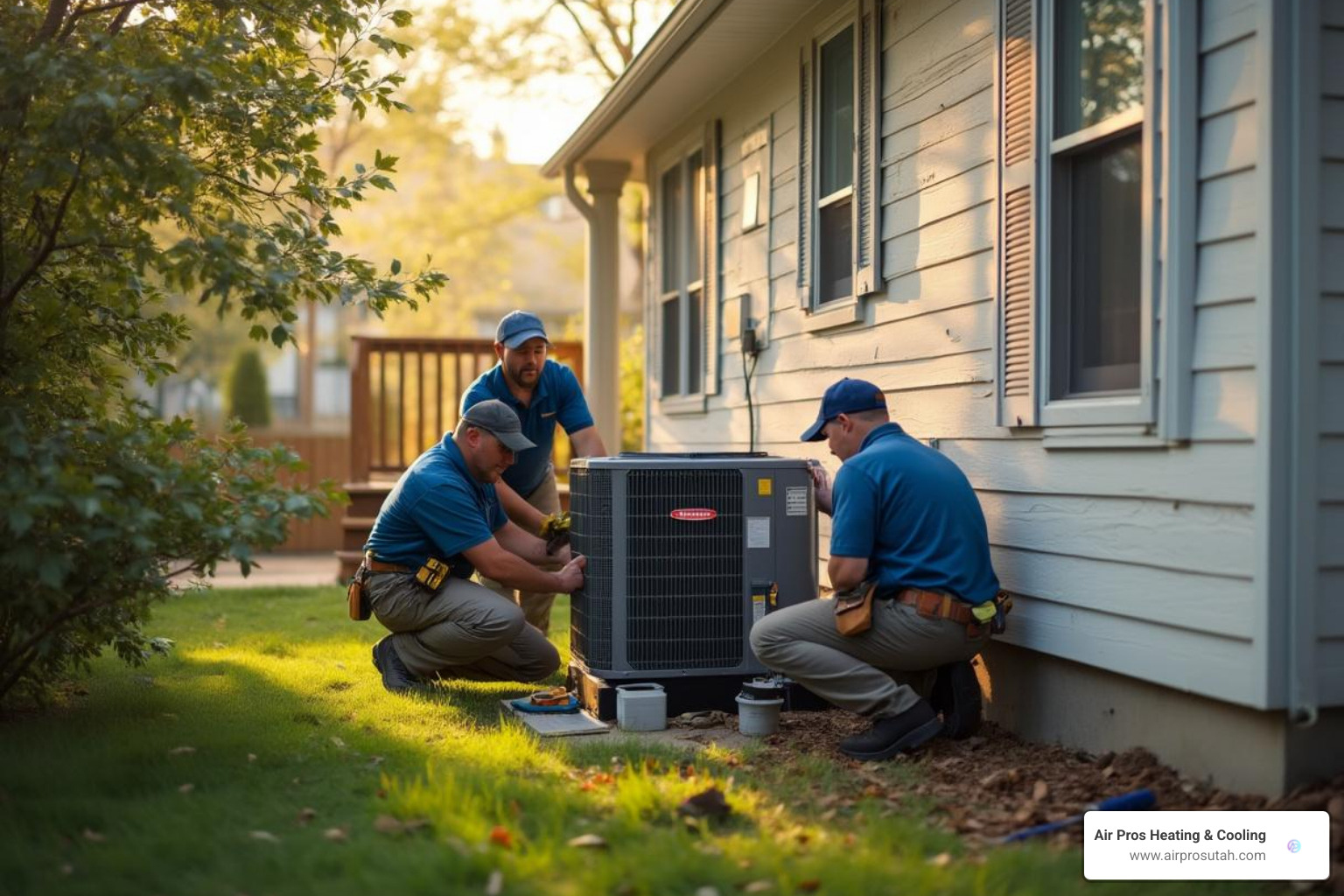
What to Expect When You Get Heat Pumps Installed
Here's a detailed look at what happens during installation:
- Old System Removal: We safely and cleanly disconnect and remove your old HVAC equipment.
- Refrigerant Recovery: We safely recover refrigerant from the old system, following all EPA standards to protect the environment.
- Outdoor Unit Placement: The condenser is placed on a level pad, often raised in snowy climates like the SLC Valley to ensure proper airflow. We select a location that minimizes noise and is aesthetically pleasing.
- Indoor Unit Installation: For ducted systems, we install the air handler and evaporator coil. For ductless systems, our specialty, we expertly mount the indoor units for optimal performance and aesthetics.
- Line Set Connection: We connect the indoor and outdoor units with new copper refrigerant lines, brazing the connections to create strong, leak-free seals.
- Electrical and Thermostat Wiring: We install all necessary wiring, a new electrical disconnect, and a heat pump-specific thermostat programmed for optimal performance.
- System Commissioning: We conduct a thorough series of tests on all functions (heating, cooling, defrost) to ensure the system is working perfectly. This vital step ensures optimal performance.
- Pressure and Vacuum Tests: Using digital gauges, we verify that connections are tight and refrigerant lines are free of moisture and contaminants, which is crucial for system longevity and efficiency.
- Final Walkthrough: After a thorough cleanup, we walk you through the new system, explaining its operation, maintenance, warranty, and thermostat use so you feel confident and comfortable.
Post-Installation: Using and Maintaining Your System
Congratulations on your new heat pump! To ensure your system works at its best for years to come, proper operation and maintenance are key.
Best Practices for Operation
To maximize efficiency, use a "set it and forget it" thermostat strategy, as heat pumps work best maintaining a consistent temperature. Be aware of the normal defrost cycle in cold weather, where the unit briefly pauses heating to melt ice from the outdoor coil. Finally, ensure good airflow by keeping all vents unobstructed.
Homeowner Maintenance Tasks
Simple homeowner maintenance can significantly impact efficiency. Clean or replace your filters monthly to ensure proper airflow. Keep the outdoor unit clear of debris like leaves, snow, and ice, maintaining at least two feet of clearance around it for optimal operation. For more helpful tips, check out our guide on Heat Pump Maintenance.
Professional Maintenance Schedule
In addition to DIY tasks, schedule annual professional tune-ups. A technician will inspect components, check refrigerant levels, and clean coils. This preventative care helps avoid major repairs and ensures your system runs at peak performance, maximizing comfort and efficiency.
When to Consider Replacing Your Existing Heat Pump System
Even with the best care, systems eventually need replacement. Here are signs it might be time to get new heat pumps installed:
- Age: Air-source heat pumps last 10-15 years. If your system is approaching this age, its efficiency is likely declining.
- Frequent Repairs: If repair bills are becoming common and costly, a new system may be more economical.
- Declining Efficiency: Rising energy bills without a change in usage can indicate your system is losing efficiency.
- Home Expansion: An existing system may be undersized for a home that has been expanded, leading to poor performance.
- Upgrading from Traditional HVAC: Replacing separate furnace and AC units with a single heat pump system simplifies maintenance and increases efficiency.
Conclusion
Getting heat pumps installed is a smart investment in your home's energy efficiency and long-term value. These systems provide consistent year-round comfort and a lower carbon footprint. However, the key to open uping these benefits is the importance of professional installation. A correctly sized and expertly installed system ensures peak performance and longevity.
For homeowners in the SLC Valley and surrounding communities like Park City and Sandy, Air Pros Heating & Cooling offers expert service. We specialize in custom solutions, including high-efficiency Ductless Mini-Split Systems, and are committed to clear communication and fair pricing.
Ready to upgrade your home's comfort and efficiency? Contact us today for your Heat Pump Installation Services and experience the Air Pros difference.

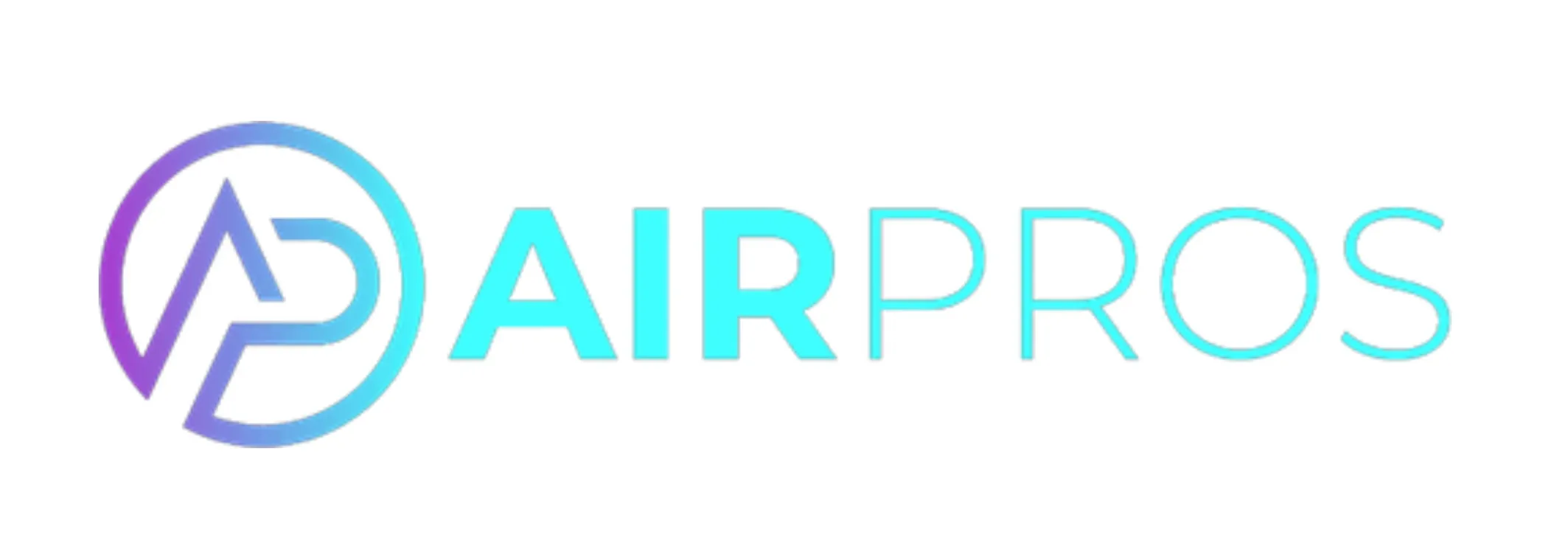
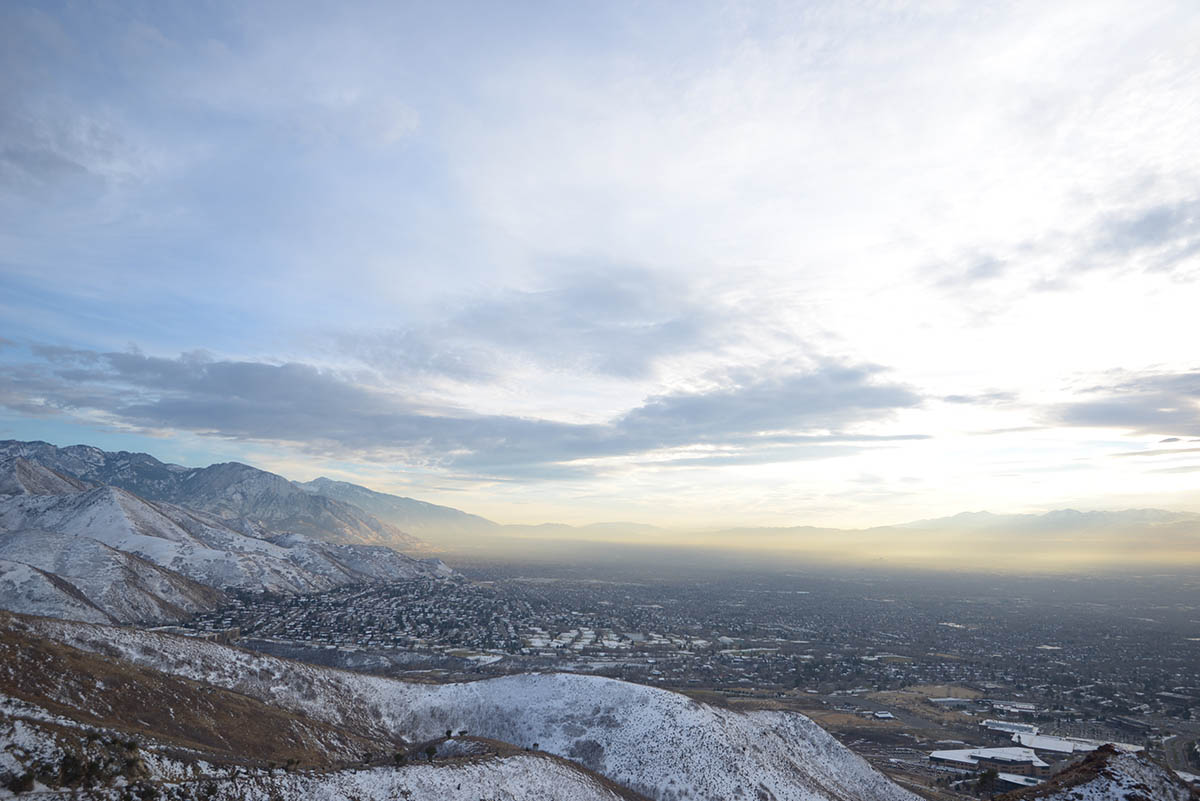
.jpg)